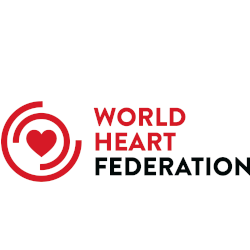Research
Isfahan healthy heart program: Evaluation of comprehensive, community-based interventions for non-communicable disease prevention
Abstract
Background: Isfahan healthy heart program (IHHP), a six year, action-oriented, comprehensive and integrated community-based demonstration study, was launched late in 1999 to address the ongoing epidemic of non-communicable diseases (NCDs) and their major risk factors in Iran. It is a quasi-experimental trial that includes a reference area and several levels of evaluation including process, impact and outcome evaluations. IHHP involves individual, community and environmental changes to support health behavior modification.
Objectives: To describe the IHHP evaluation design and to assess the extent to which the program has attained its short-term impacts.
Methods: The IHHP evaluation includes four annual independent sample surveys in four specific sub-groups (adults, adolescents, health professionals and individuals at high risk for NCD) in both intervention and reference areas. In addition a sixyear cohort study of persons aged P35 years in both areas measures impact on behaviors at the individual level and assesses the risk of myocardial infarction and stroke. The WHO STEPwise risk factor surveillance questionnaires were used to conduct the cross sectional surveys, which evaluate the impacts and outcomes of interventions evaluate the impacts and outcomes of interventions undertaken concurrently in 10 distinct component projects designed to improve behaviors, risk factors, and NCD-specific morbidity and mortality. Data collection on ischemic heart disease, stroke, and mortality is ongoing. The results of the first year of evaluation are reported here.
Findings: A significant increase in the consumption of oil was observed among males and females in the intervention community compared to the reference area (P < 0.05). While daily smoking decreased and daily exercise increased among males in the intervention community, less favorable changes were observed among women. Daily exercise and oil consumption increased significantly, and attempts to smoke decreased among adolescents in the intervention community (P < 0.05). Knowledge about healthy life style improved significantly in physicians, nurses and health trainees in the intervention compared to reference areas (P < 0.05). Age, sex, level of education and urban or rural place of residence modified the response to intervention activities.
Conclusion: The implementation and evaluation of a comprehensive integrated community-based program for NCD prevention in a developing country is feasible and successful in obtaining short-term improvement in several lifestyle behaviors.


